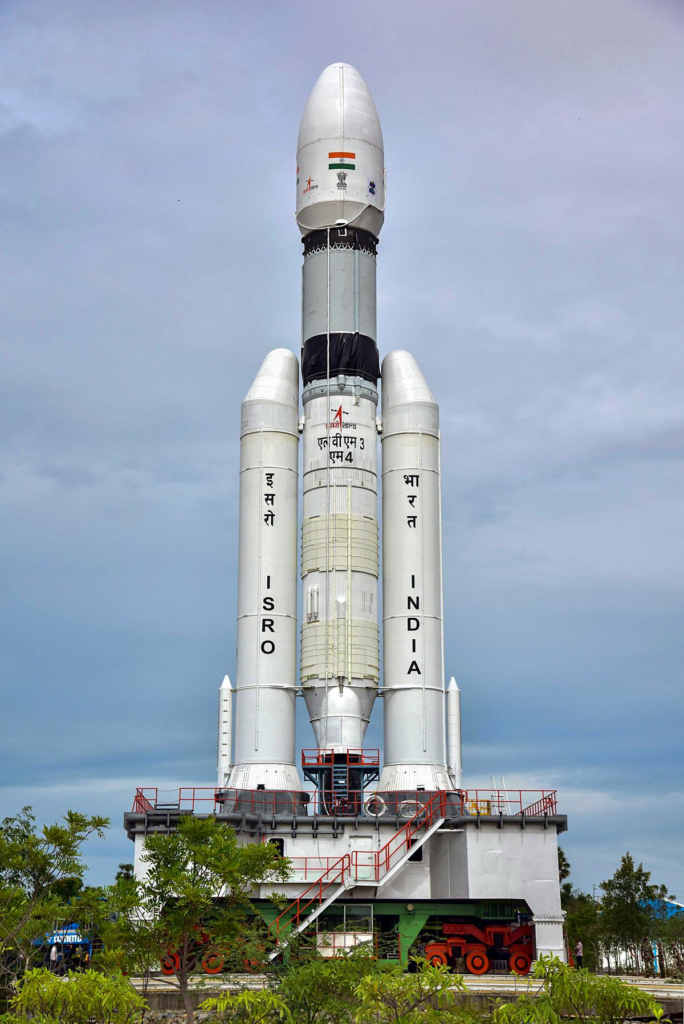The Chandrayaan-3 mission is a high-lifting rocket developed by the Indian Space Research Organisation (ISRO). It is a three-stage vehicle that is capable of lifting a payload of up to 40 tons into low Earth orbit. The rocket is powered by a combination of solid and liquid fuel engines.
The first stage of the rocket is called the Cryogenic Upper Stage (CUS). It is powered by a single Vikas engine that burns liquid hydrogen and liquid oxygen. The CUS is responsible for lifting the rocket from the launch pad and into low Earth orbit.
The second stage of the rocket is called the Core Stage (CS). It is powered by four Vikas engines that burn liquid hydrogen and liquid oxygen. The CS is responsible for boosting the rocket into a higher orbit and putting it on course for the Moon.
The third stage of the rocket is called the Orbiter Module (OM). It is a small spacecraft that carries the lander and rover to the Moon. The OM is powered by a single Vikas engine that burns liquid hydrogen and liquid oxygen.
The lander is a small spacecraft that will touch down on the Moon. It is equipped with a variety of scientific instruments that will be used to study the lunar surface. The lander will also carry a small rover that will be used to explore the lunar surface.
The rover is a small, wheeled vehicle that will be used to explore the lunar surface. It is equipped with a variety of scientific instruments that will be used to study the lunar surface. The rover will be able to travel up to 500 meters from the lander.
The Chandrayaan-3 mission is scheduled to be launched in July 14 ,2023. The spacecraft will take about two months to travel to the Moon. The lander is expected to touch down on the Moon in August 2023. The rover will then be deployed and will begin its scientific operations.
The Chandrayaan-3 mission is a significant step forward for India’s space program. It is the first time that India will attempt to soft land a spacecraft on the Moon. The mission is also the first time that India will send a rover to the Moon. If successful, the Chandrayaan-3 mission will demonstrate India’s capabilities in lunar exploration and pave the way for future missions to the Moon.

Here are some additional details about the Chandrayaan-3 rocket:
- The rocket is 43.4 meters tall and has a diameter of 3.2 meters.
- It weighs about 640 tons at liftoff.
- The rocket can carry a payload of up to 40 tons into low Earth orbit.
- The rocket is powered by a combination of solid and liquid fuel engines.
- The rocket is capable of launching a variety of spacecraft, including satellites, probes, and landers.
- The Chandrayaan-3 rocket is a significant technological achievement for India. It is the first Indian rocket that is capable of lifting a heavy payload into space. The rocket is also the first Indian rocket that is capable of launching a spacecraft to the Moon. The success of the Chandrayaan-3 mission will demonstrate India’s capabilities in space exploration and pave the way for future missions to the Moon and beyond.


One thought on “Chandrayaan-3: India’s Second Attempt to Soft Land on the Moon”